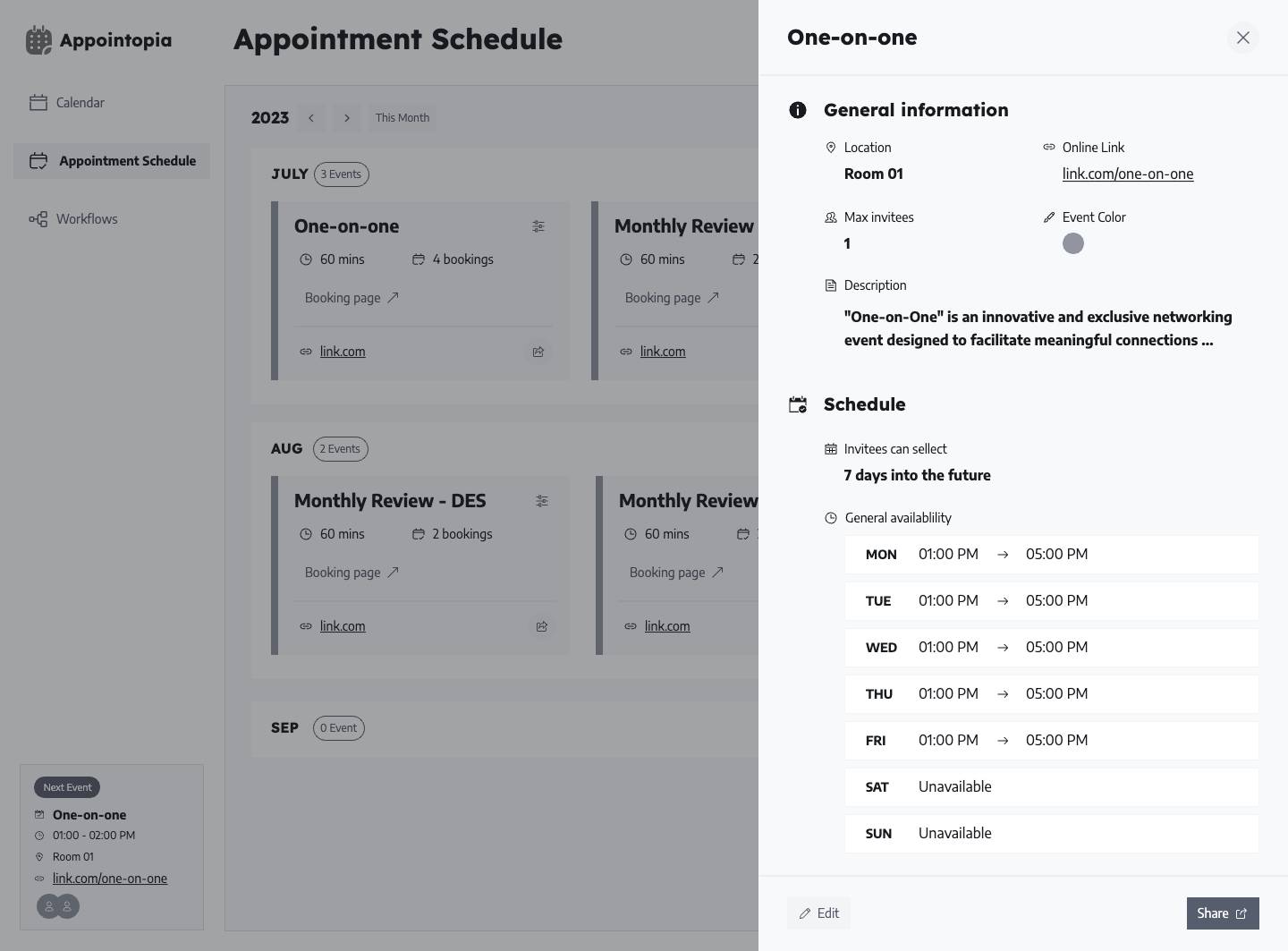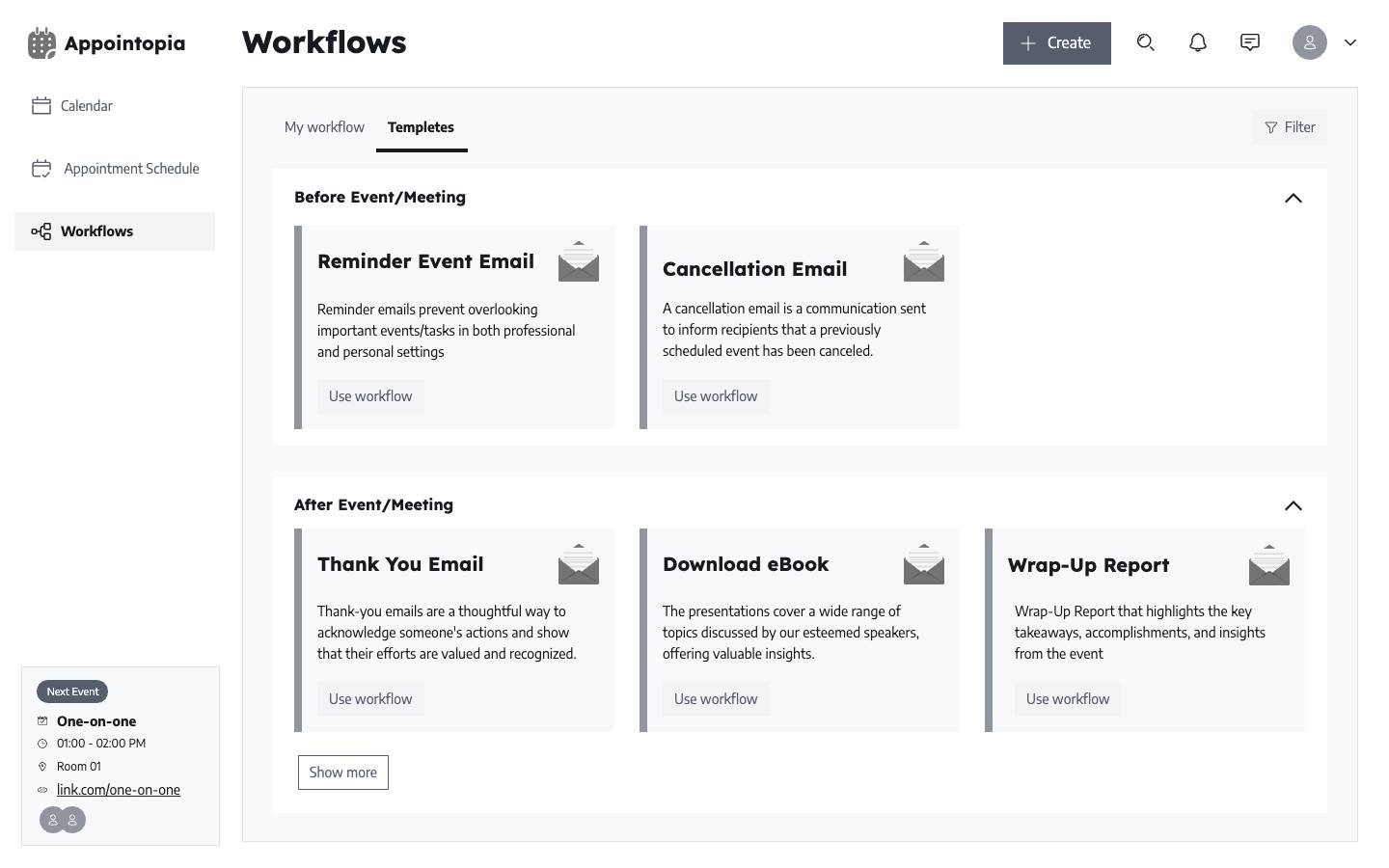Appointment Scheduling Website Wireframe Template
Use Visily's Appointment Scheduling Website Wireframe Template and customize it the way you want

















An Appointment Scheduling Website Wireframe Template for Your Design Project
Seeking for a quick and effective starting point for your appointment scheduling website design project? Look no further than Visily's Appointment Scheduling Website Wireframe Template. Ideal for outfits like doctor's offices, beauty salons, consultation services, and so forth, this template is the springboard your design project needs.
Why Opt for Visily's Appointment Scheduling Website Wireframe Template?
Easily tweakable template
Every business is distinct, and we fully get that. Our Appointment Scheduling Website Wireframe Template can be freely amended to match the tone, aesthetic, and personality of your brand, offering a seamless and coherent user experience.
Accelerate your design process
Starting from scratch is time-consuming and can delay your project's progress. Our premeditated template is designed with simplicity, efficiency, and beauty in mind. This empowers you to conserve valuable time and energy, enabling you to focus more on refining your website function.
Brand-consistent theme customization
Tailor the color scheme, typography, and style elements to correlate with your brand's guidelines. The modification you make will reflect uniformly across all webpages, guaranteeing a brand-focused and harmonized design.
Best practice design
Our template ensures design consistency and includes all common routes and screens. Every component of the template is finely crafted for an optimal user experience.
Navigating Visily's Appointment Scheduling Website Wireframe Template
1. initiate with a click on the "Use this template" button.
2. Create a Visily account to enjoy the broad spectrum of our customization capabilities.
3. You'll be navigated to a design panel with the pre-loaded template, ready for your customization.
4. Make the template truly yours by adjusting the design using Visily's user-friendly, robust editor.
Related templates
Create stunning designs in a click
Visily's combination of power and simplicity lets anyone design beautiful UI.





